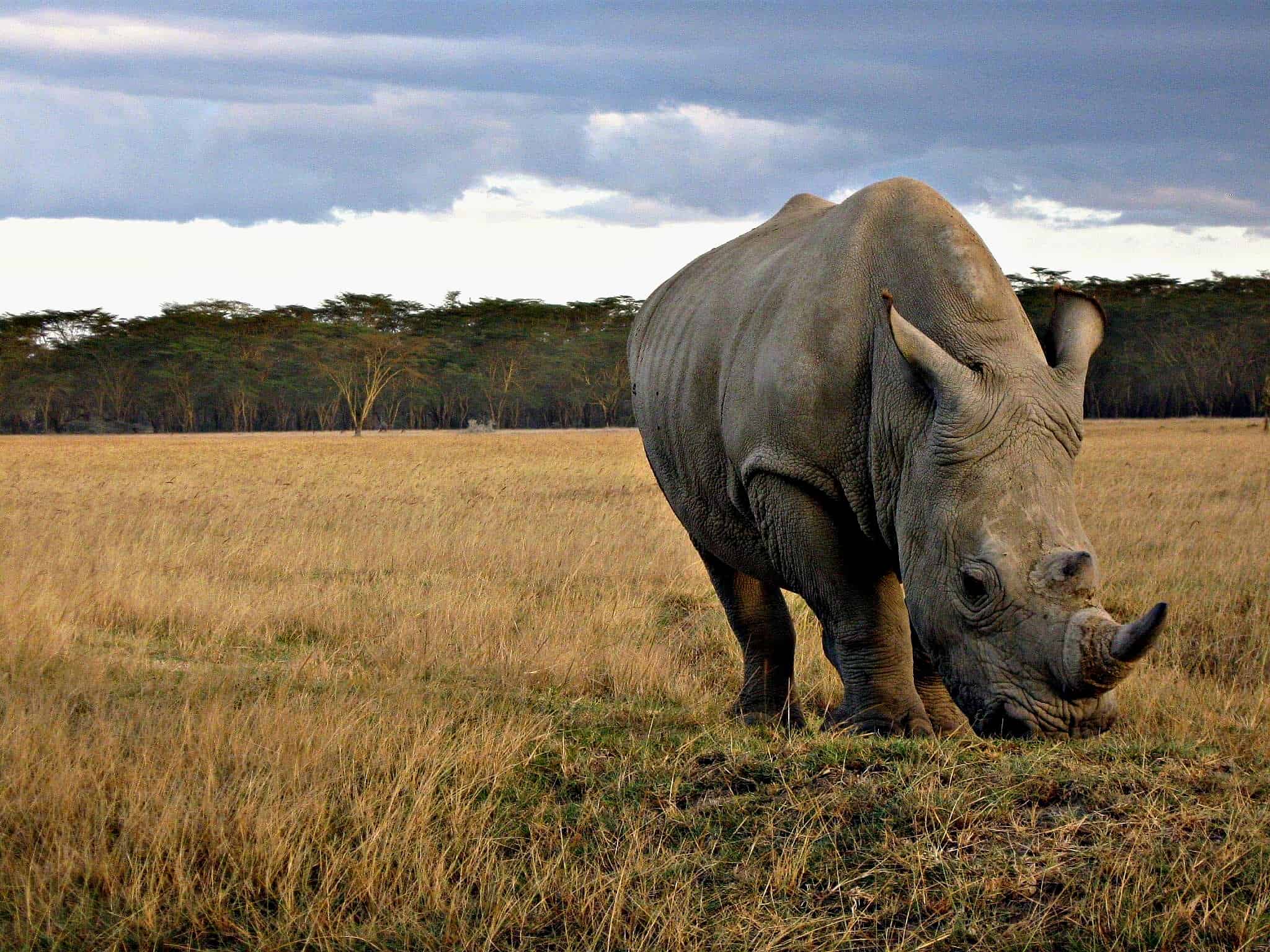By Kevin Chong
On my first night on the southern slopes of Mount Kenya, I’m finding it too noisy to sleep. Over 2,100 metres above sea level and a two-hour drive from the Kenyan capital, Nairobi, the surrounding bush is as noisy as any city intersection during rush hour. The birds and tree frogs chatter collectively like an ever-rattling toy tambourine. Above me, monkeys tumble over the lodge’s reed thatch roof and across my verandah.
It’s five a.m., when an attendant at the Serena Mountain Lodge starts rapping at my door. “Excuse me, sir, there are hyenas outside!”
The main attraction of the lodge, a frontier-style hotel built in 1969 from unprocessed local timber, is the watering hole behind it that welcomes African cape buffalos, elephants, and antelopes. Many of these animals pay their visits past bedtime, and I asked the hotel to wake me up if anyone interesting appeared in the backyard.
From my balcony window in my groggy haze, I can’t spot the hyenas in the pond or near the salt lick, which is floodlit at night – only a family of pachyderms, weighing up to six tons, here for a pre-dawn sip.
Like most safari lodges in Kenya, this resort on Mount Kenya ornaments their walls with mounted animal heads, elephant tusks, and vintage photos of Ernest Hemingway. In reality, big-game hunting has been banned since 1977; some of older specimens have become threadbare – The Velveteen Rabbit in reverse. And while the taxidermy lends old-school glamour to these resorts, the modern-day safari experience throughout Kenya is decidedly more sustainable and animal-friendly.
We see more of this eco-friendly approach the next day at the Mount Kenya Safari Club, located on the far side of Africa’s second-tallest peak. Founded by actor William Holden, the resort sits exactly on the equator and includes a nine-hole golf course.
On top of its plush cottage suites and the cachet that comes with a guestbook signed by Catherine Deneuve, Liv Ullman, and Ali McGraw, the hotel sells itself on sustainability. The hotel manager, Rana Mukherji, takes us into an organic vegetable garden that’s bursting in December with lettuce, carrots, eggplants. Mukherji points to waist-high rosemary plants. “I’ll take a bunch of it and throw it in the bath,” he says. “It’s bliss.”
The visit to the veggie patch comes en route to the Animal Orphanage within the resort property. A way station for injured or parentless animals, a set of monkeys, an ostrich, a baby buffalo, and an antelope greet visitors nonchalantly, while less friendly animals, including a family of cheetahs and a pair of hippopotamuses, are kept within caged or fenced-off habitats. The orphanage, which returns its wards to the wilderness whenever possible, also hosts a breeding program for the bongo, an endangered antelope with thin white stripes running vertically across their tan hides.
Mukherji then invites us to visit the surrounding bush on horseback. Crossing streams and climbing dense forest trails on a retired racehorse named Supersonic, I’m reminded of a similar trip I took near Banff – ho-hum – when the guide points to a pair of trees that have been recently shorn of bark. “Elephants have been here,” he tells us. Later, reaching a clearing, we spot a herd of zebras – including a rare albino specimen. Suddenly, the 30-hour plane trip to Africa was worth it.
From Mount Kenya, we travel west across the Rift Valley for Lake Nakura National Park. It’s here we literally raise the roof on our customized Land Rover, so that we can gawk at the animals, standing up. The scenery surrounding the lake is more what you expect on safari, including the top-heavy acacia trees, candelabra cacti, and open fields of yellow grass where one finds squadrons of baboons and waterbucks. On the edge of the lake, gaggles of flamingoes and pelicans form pink and white puddles in the distance.
 https://www.flickr.com/photos/rainbirder/
https://www.flickr.com/photos/rainbirder/
Our first big-game sighting comes midway through our two-hour drive when a black rhino is spotted in the middle of a field. Our driver decides to intercept the rhino on a turn-off. Another safari van is already waiting for the rhino as we stop two car lengths from him.
The rhino crosses the road in no hurry. While the people in my van unfurl cameras attached to lenses the size of pepper grinders, my lens is stubby like a pig’s snout. If zoom lenses have now replaced elephant guns on the modern-day safari, I have armed myself with a peashooter! My photos are predictably wretched.
I hope for better results in my final destination Sarova Mara Game Camp in the Maasai Mara. Our accommodations fit the definition of “glamping” to a tee: spacious canvas tents built on hardwood floors with enough space for a king-sized bed, a desk, and a wardrobe, as well as a shower and bathroom that would not look out of place at a four-star hotel. To conserve on energy, power goes off in the room around dinner time, though I doubt the electric fence separating the resort from the rest of the park gets its plug pulled. Hearing an occasional buzz from the fence is a nice reminder that your room is literally steps away from big game.
Unlike the previous resorts, Maasai Mara, a nature reserve situated on 1,510 square kilometres of savanna landscape, consists of wide-open spaces. Our safari guide, Alfred, leads us on a long circuit that sees us pass elephants, lions, giraffes, zebras, and wildebeest. At one point, a baby zebra presents itself at the side of road, almost as if to give us a photo opportunity. Near the end of the trip, we see the postcard image of two giraffes rubbing necks affectionately. Even with my peashooter camera, taking good pictures here is like shooting elephants in a barrel.
 Shutterstock/Mogens Trolle
Shutterstock/Mogens Trolle

